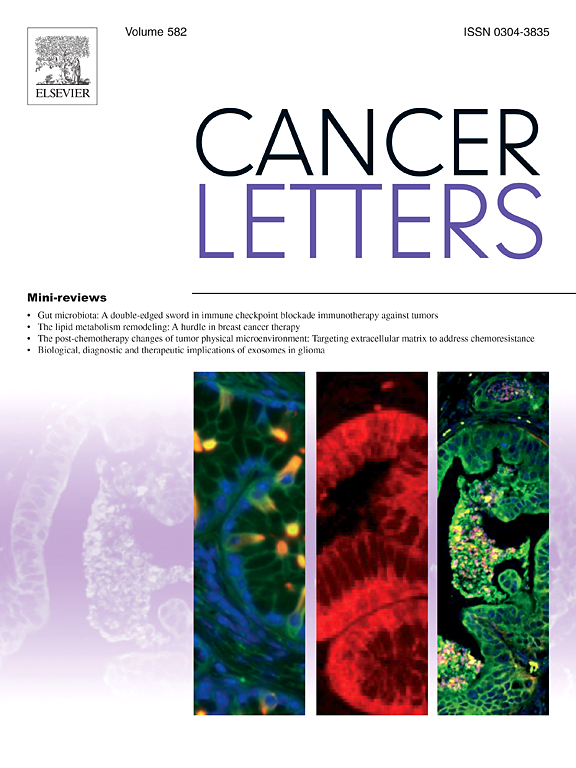Blockade of the lncRNA-PART1-PHB2 axis confers resistance to PARP inhibitor and promotes cellular senescence in ovarian cancer
Abstract
PARPi is currently the most important breakthrough in the treatment of ovarian cancer in decades, and it has been integrated into the initial maintenance therapy for ovarian cancer. However, the mechanism leading to PARPi resistance remains unelucidated. Our study aims to screen novel targets to better predict and reverse resistance to PARPi and explore the potential mechanism. Here, we conducted a comparative analysis of differentially expressed genes between platinum-sensitive and platinum-resistant groups within the TCGA ovarian cancer cohort. The analysis indicated that lncRNA PART1 was significantly highly expressed in platinum-sensitive patients compared to platinum-resistant individuals in TCGA-OV cohort and further validated in the GEO dataset and Qilu hospital cohort. Moreover, the upregulation of PART1 was positively correlated with a favorable prognosis in ovarian cancer. Furthermore, in vitro and in vivo experiments showed that inhibition of PART1 conferred resistance to both cisplatin and PARP inhibitor and promoted cellular senescence. Senescent cells are more resistant to chemotherapeutics. RNA antisense purification and RNA immunoprecipitation assays revealed an interaction between PART1 and PHB2, a crucial mitophagy receptor. Knockdown of PART1 could promote the degradation of PHB2, impairing mitophagy and leading to cellular senescence. Rescue assays indicated that overexpression of PHB2 remarkably diminished the resistance to PARPi and cellular senescence caused by PART1 knockdown. PDX models were utilized to further confirm the findings. Altogether, our study demonstrated that lncRNA PART1 has the potential to serve as a novel promising target to reverse resistance to PARPi and improve prognosis in ovarian cancer.

 求助内容:
求助内容: 应助结果提醒方式:
应助结果提醒方式:


